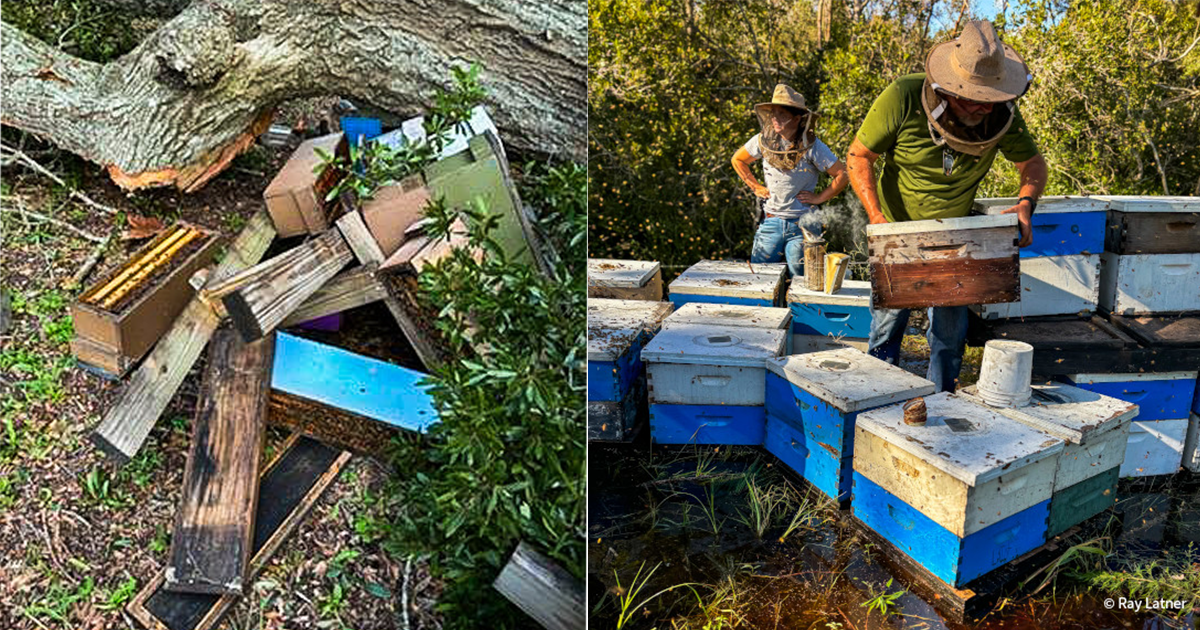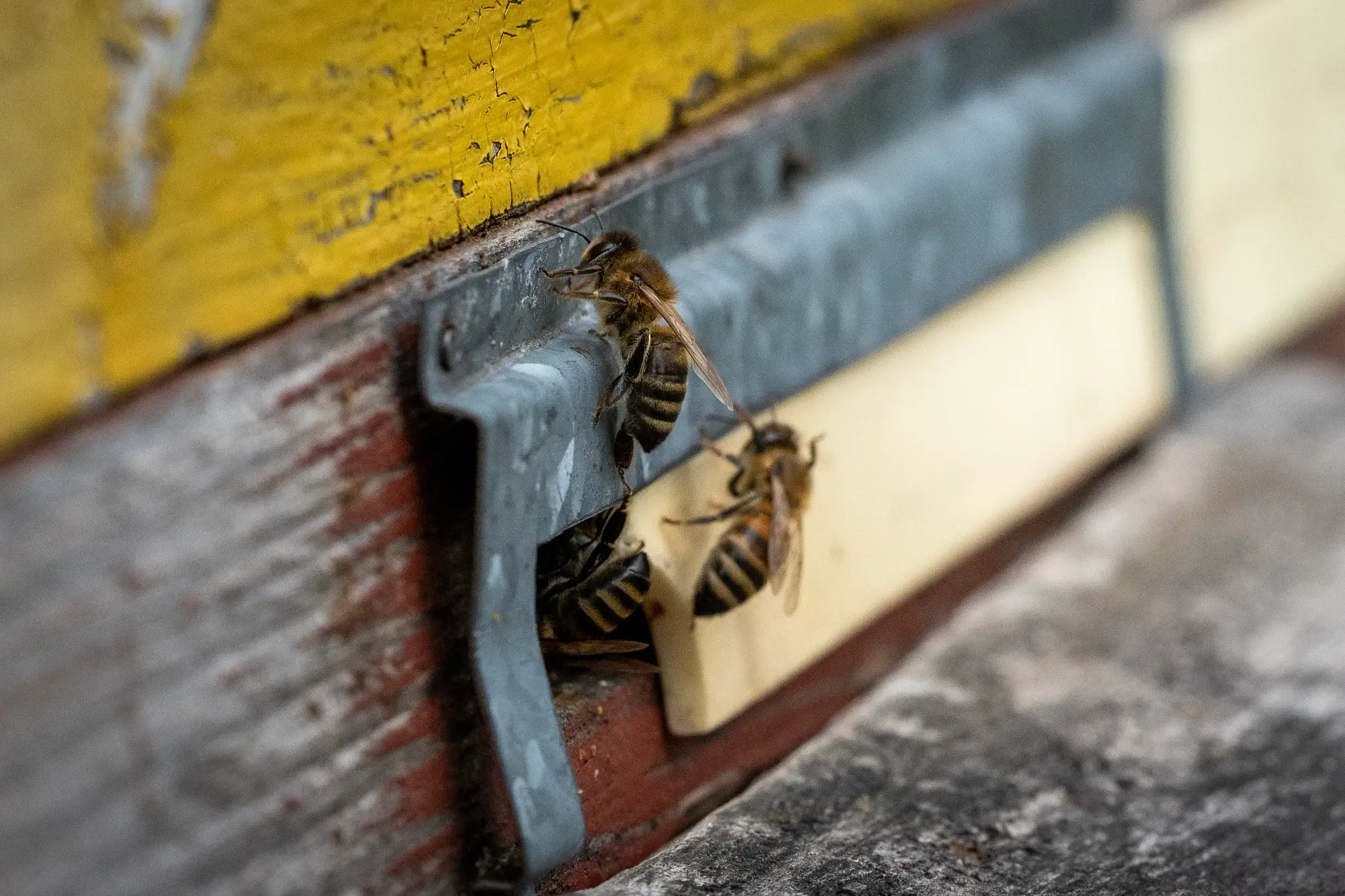The Science of Survival: How Nutritional Therapy is Saving Children from Starvation

Filling a Critical Gap: Fighting Malnutrition with Nutritional Science
At Greater Good Charities, we recognize that starvation rarely exists in isolation. It often intersects with treatable illnesses like pneumonia, diarrhea, and tuberculosis—conditions made deadly when a child's immune system is weakened by chronic undernutrition.
In collaboration with Partners In Health (PIH), Greater Good Charities supports community-based treatment of malnutrition by delivering Ready-to-Use Therapeutic Foods (RUTFs)—high-calorie, shelf-stable pastes fortified with essential nutrients. These tools are critical in helping children recover without hospitalization, especially in rural areas where transportation and access to clinical care remain significant barriers.
A Simple, Proven Solution
RUTFs like Nourimanba—produced locally by PIH—contain a therapeutic blend of lipids, proteins, sugars, and micronutrients. This formulation does not require refrigeration, preparation, or water (a common source of contamination), making it ideal for home use in areas with limited infrastructure. Children treated with RUTFs at home have a 90–95% recovery rate, provided they receive care early and consistently.
In Matope, Malawi, Jessie Chizumo—trained as a community health worker—supports dozens of children from 11 surrounding villages, helping families like that of Jennifer Andrea and her daughter Stella. Like many others, they walk long distances for access to regular nutritional monitoring and supplies.

Lovenyou’s Recovery: A System in Motion
In Boucan Carré, Haiti, 17-month-old Lovenyou Pierre was admitted to the local PIH-supported clinic with severe malnutrition. At just 17 pounds, his weight fell far below the healthy range for his age. When his condition worsened—fever, diarrhea, lethargy—his mother secured transportation to University Hospital in Mirebalais. There, clinicians confirmed acute dehydration and nutrient loss, and began urgent treatment.
Once stabilized, Lovenyou returned home—but his journey wasn’t over. His mother made frequent, often difficult, trips to the Boucan Carré clinic to ensure ongoing care. Each visit provided access to Nourimanba and routine checkups. Over time, with consistent feeding, Lovenyou regained strength, appetite, and a playful energy.
Centering Local Solutions
The success of this model lies not only in the food—but in the system. Local production, community-based monitoring, and direct engagement with caregivers make recovery more likely and sustainable. Trained health workers are critical links, bridging the gap between families and formal healthcare systems.
Greater Good Charities' support of this work fills a crucial gap—ensuring therapeutic food reaches the children who need it most, when they need it most. It’s a model that respects the dignity and determination of families while reinforcing health systems from the ground up.
Why This Matters
Addressing malnutrition requires more than food. It demands sustained partnerships, context-driven strategies, and investment in local infrastructure. Through our collaboration with Partners In Health, we’re doing just that—empowering families, strengthening community-based care, and increasing access to the tools children need to survive and thrive.
This is how we build resilience, one child at a time.


